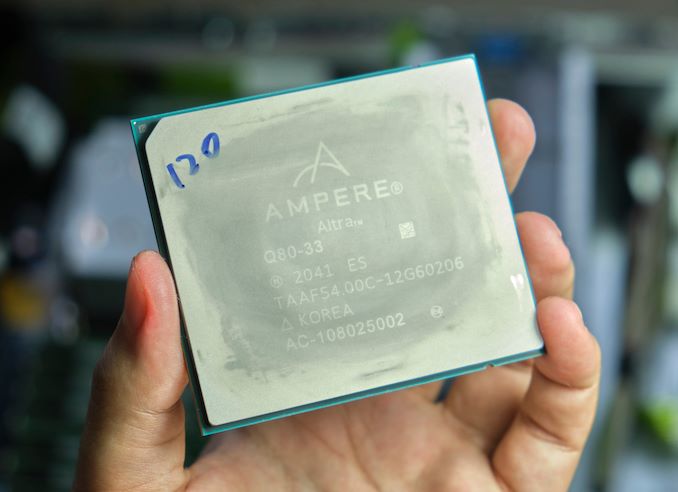Originally posted by juanrga
View Post
Originally posted by juanrga
View Post



Comment